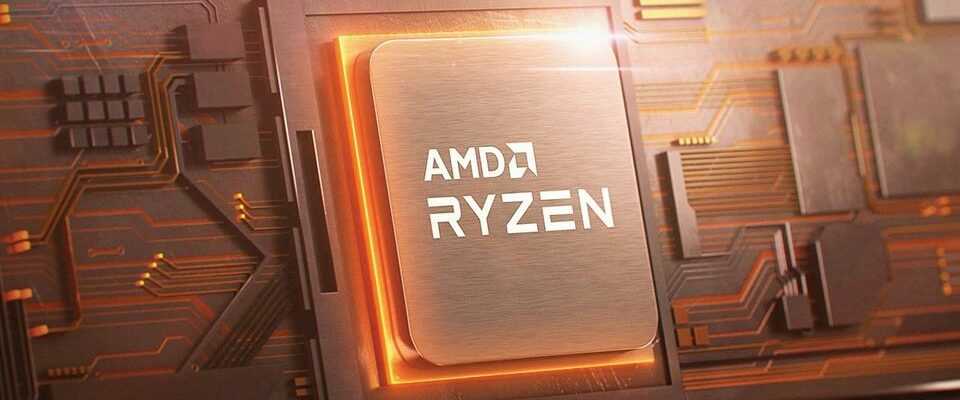The processors
Ryzen should finally be able to forget the performance problems encountered by some users.
Mainly observed on Windows 11, the problems of stuttering (microjumps) encountered by some users of AMD Ryzen processors would actually be related to the fTPM module.
The activation of the fTPM in question
It is AMD which explains it on its official site: these problems of stuttering are linked to the activation of Firmware Trusted Platform Module, or fTPM. In fact, it is logical that users under Windows 11 have encountered these inconveniences more often than those under Windows 10 .
Remember that the fTPM is linked to the security standard Trusted Platform Module 2.0imposed by Microsoft for Windows 11. It is perfectly possible to activate this module also on Windows 10, but since it is not essential, few are those who have implemented it.
We can first rejoice to see AMD recognize the problem and, more importantly, discuss its resolution. On its site, the manufacturer explains that it will be necessary to go through an update of the BIOS of the motherboard.
Wait until May?
Alas, this is where things get tricky, since such updates are not planned right away. The company explains it bluntly: AMD expects BIOS flash files to be available in early May 2022. »
From the outset, we say to ourselves that we will therefore have to wait another two months, and it is a minimum, in reality. AMD effectively states that ” exact availability of BIOS updates will depend on each manufacturer’s specific testing and integration schedules “. Nothing surprising of course, but we hope things don’t take too long.
Fortunately, while waiting for the month of May, AMD still offers a semblance of a solution: “ As an immediate solution, affected customers who depend on fTPM functionality may instead employ a hardware TPM (“dTPM”) device. The platform’s dTPM modules use on-board nonvolatile memory (NVRAM) that replaces the TPM/SPIROM interaction. »
You should know that the performance losses observed by some users are linked, according to AMD, to these ” extended memory transactions related to fTPM in SPI flash memory (“SPIROM”) located on the motherboard “.
Sources: AMD
, Tom’s Hardware

15